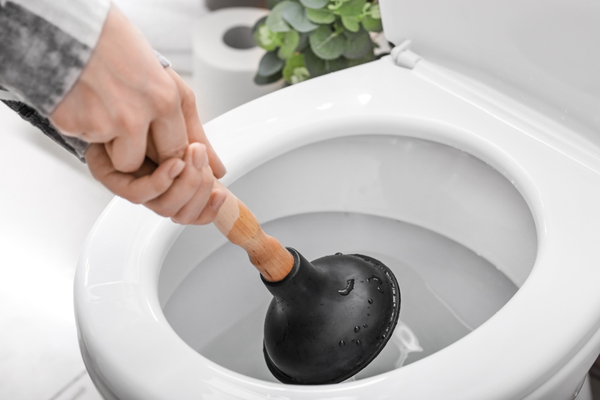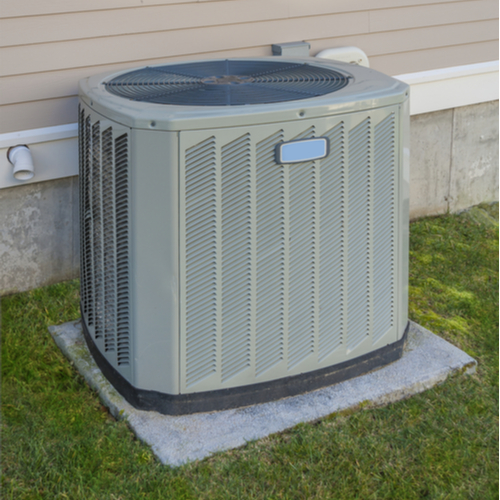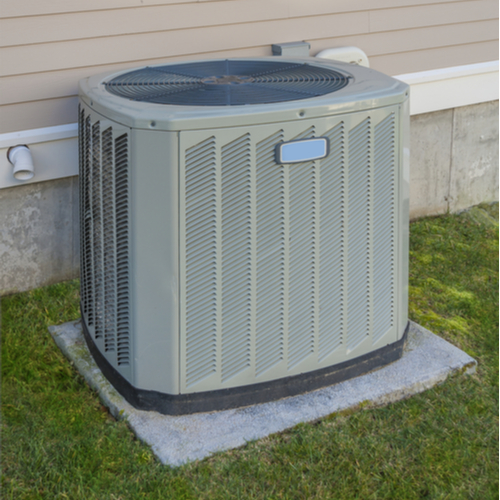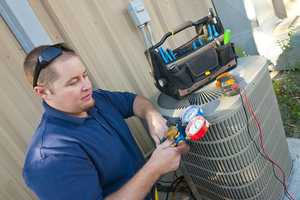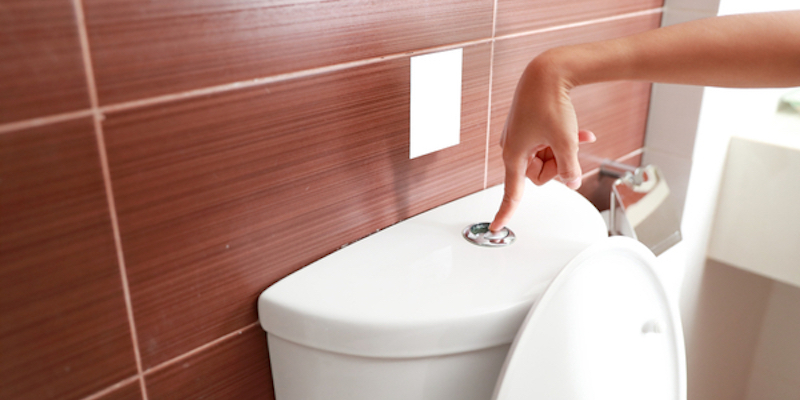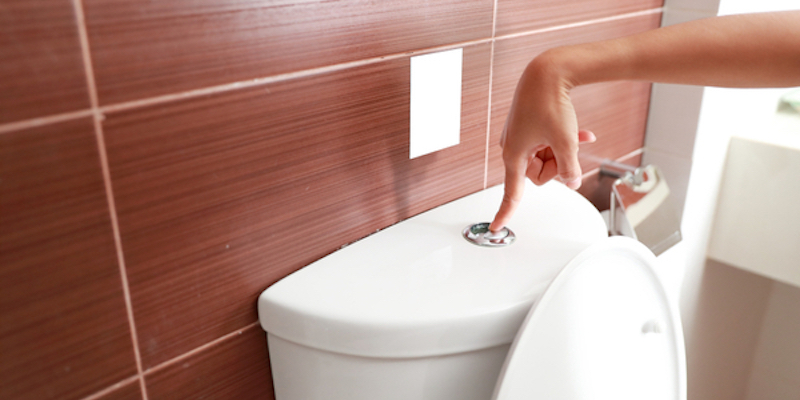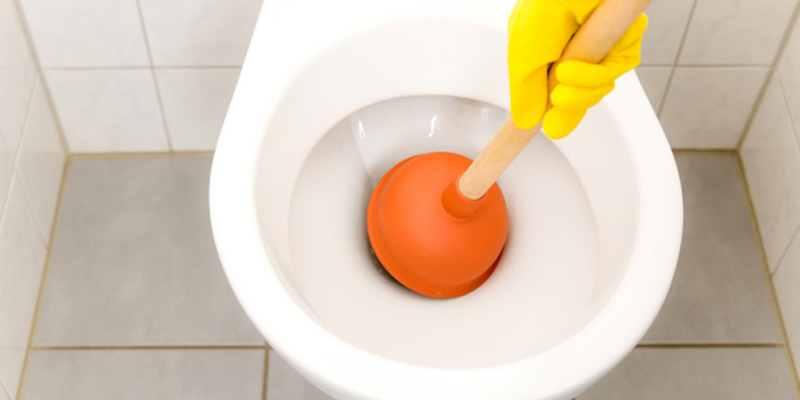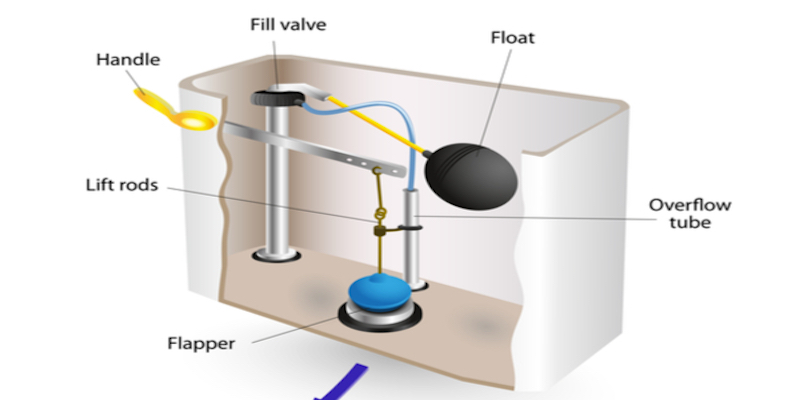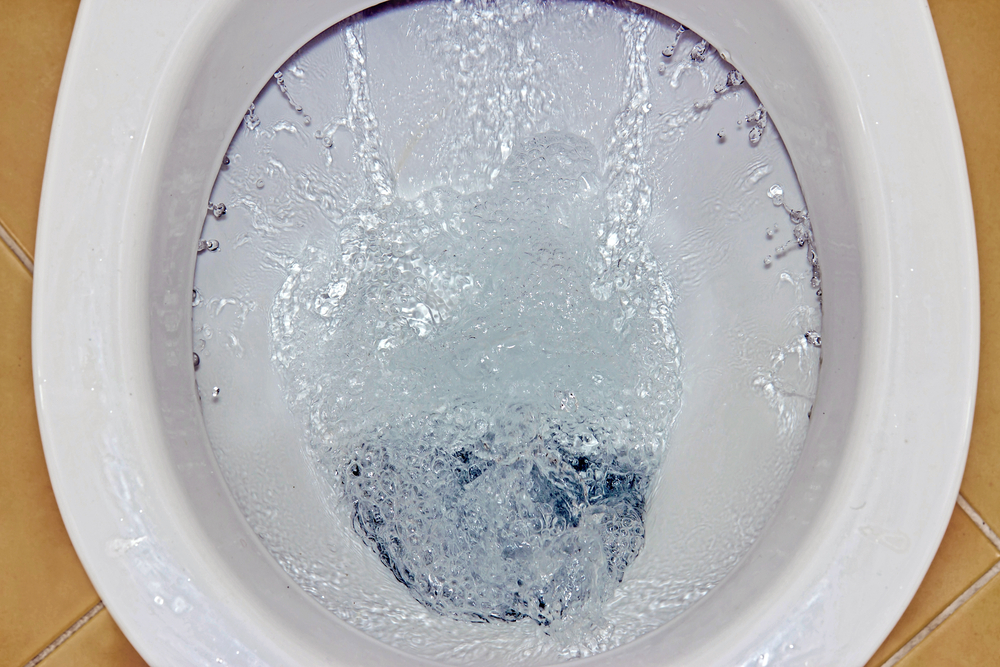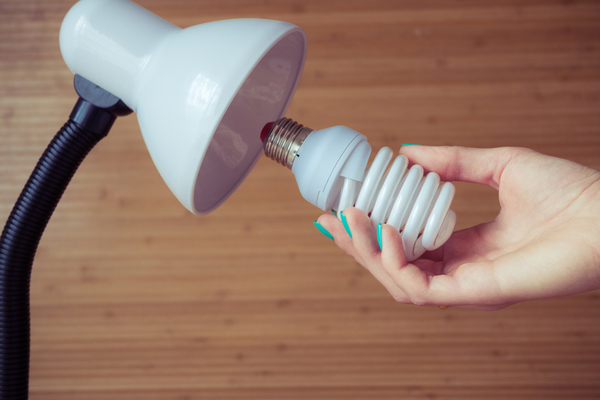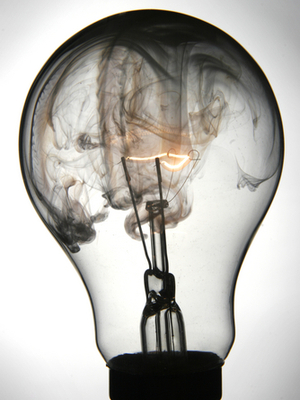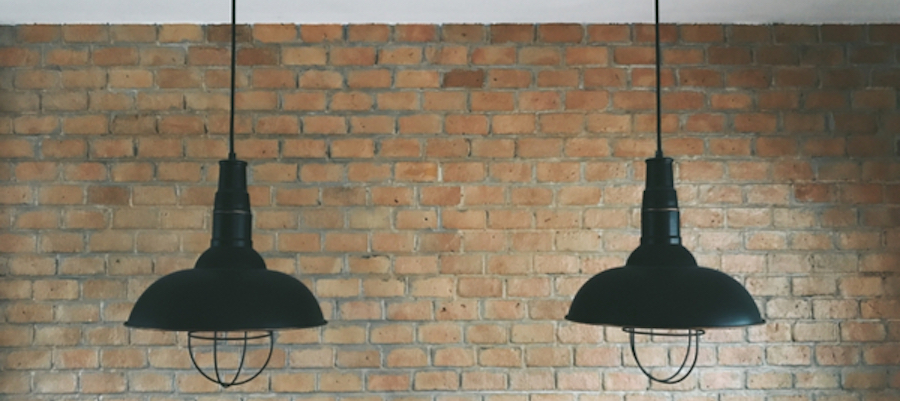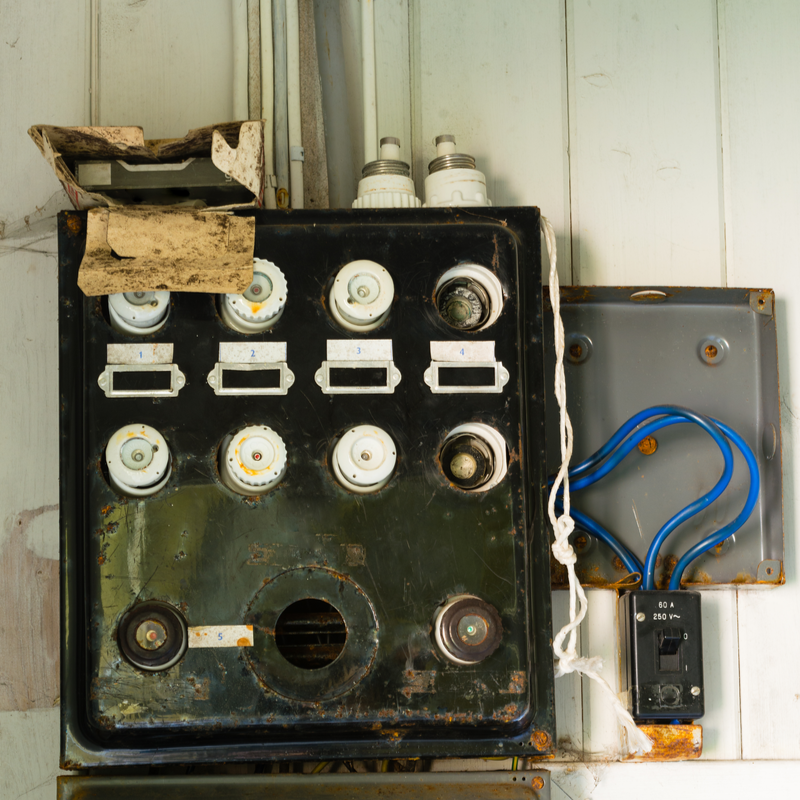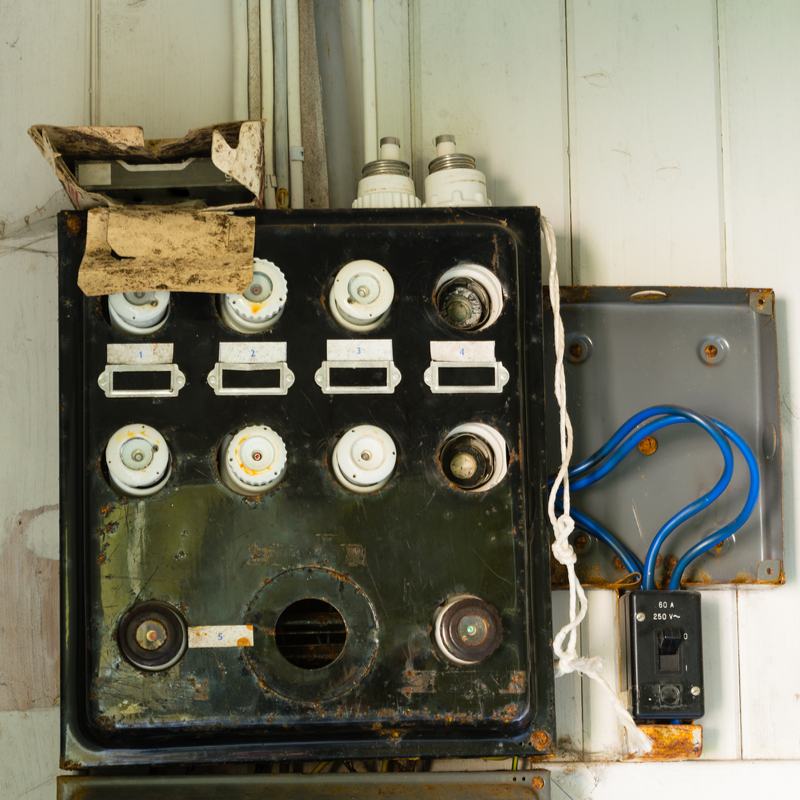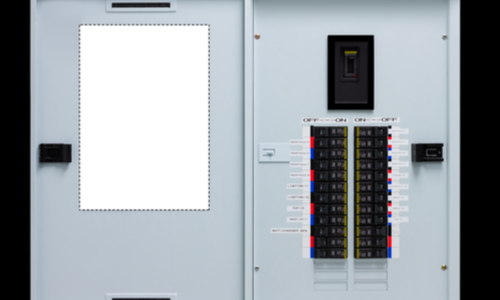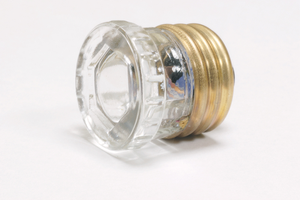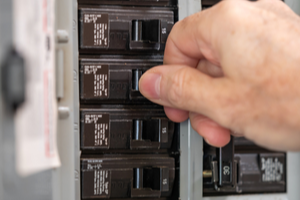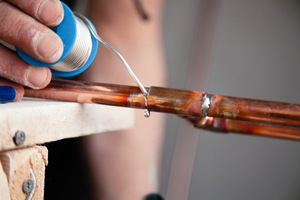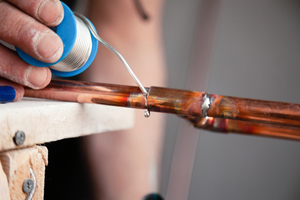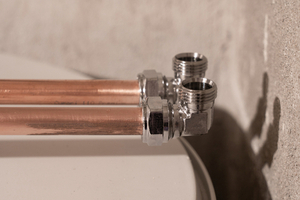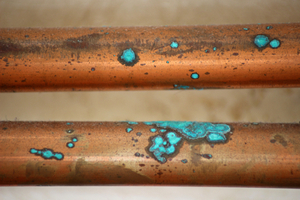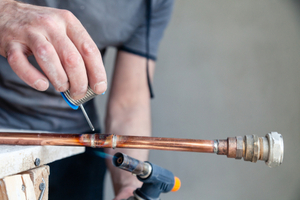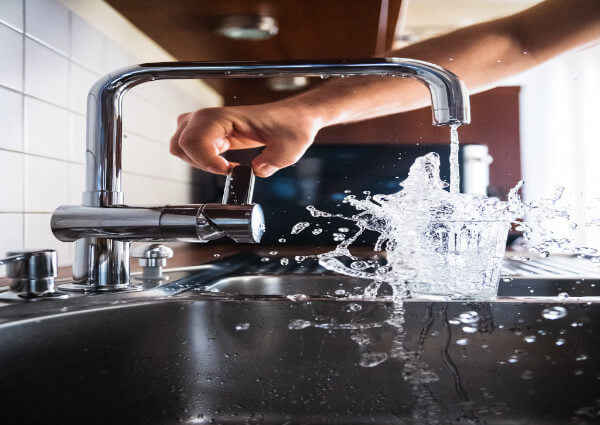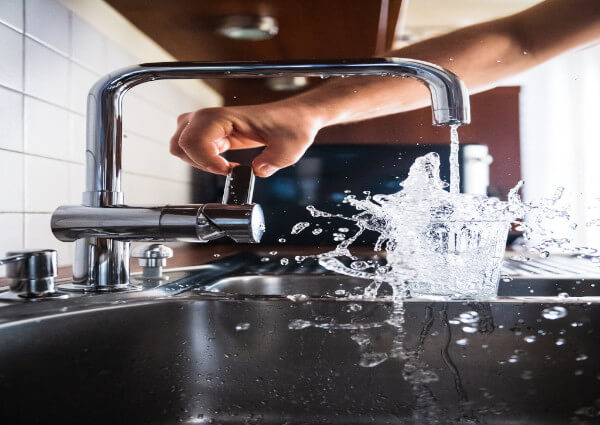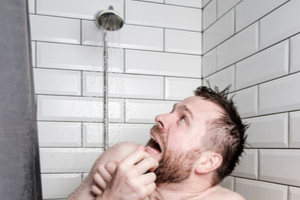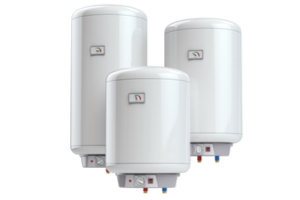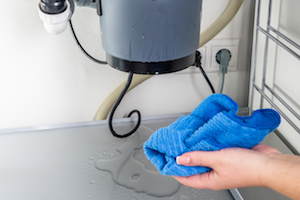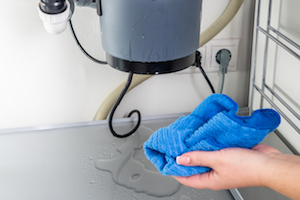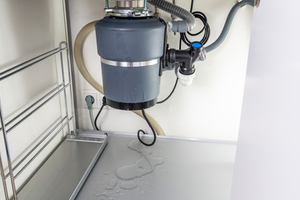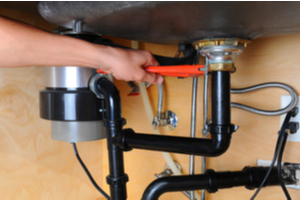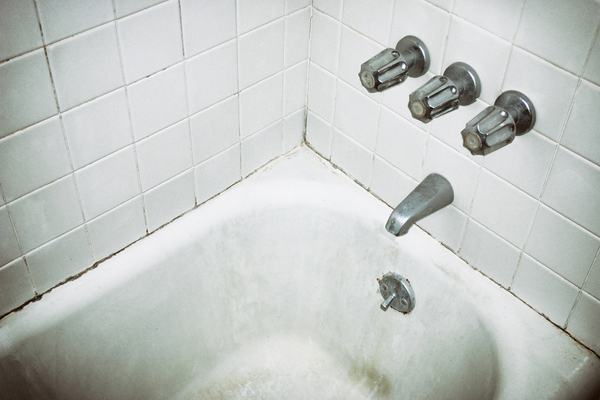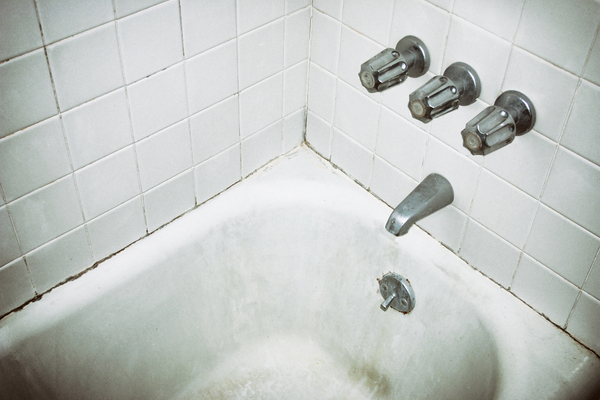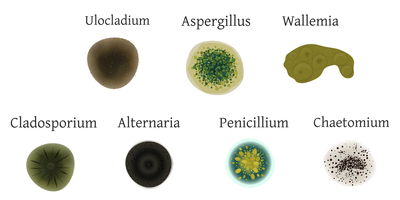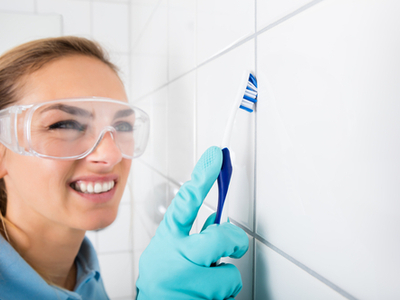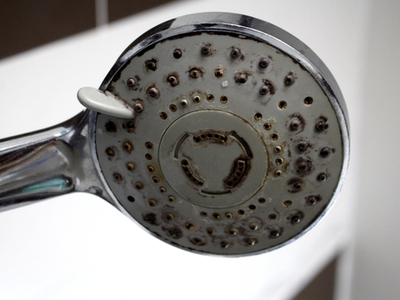>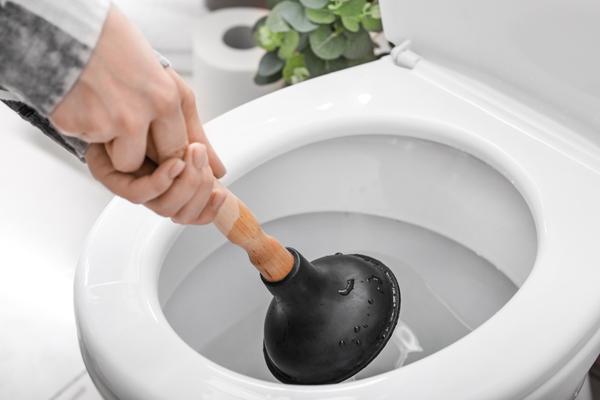
As the old saying goes – there’s more than one way to unclog a toilet. OK, we just made that up but we’re here to prove it’s true. Sure, we love our plunger, but what if you don’t have one? Have you tried soap or baking soda?
Follow our detailed instructions for how to unclog a toilet with a plunger but stick around for plunger-less toilet clog hacks too. One way or another, we’ll get your toilet unclogged and return things to business as usual.
How to Plunge a Toilet
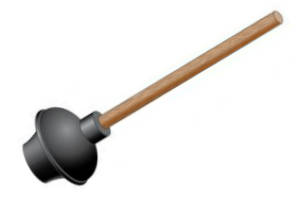
The best way to unclog a toilet is to learn to use a flange plunger properly. Flange plungers are made specifically for plunging toilets. The “flange” is an extended, sleeve-like rubber flap built into the underside of the plunger’s rubber cup. Insert this flange directly into the toilet bowl’s drain hole to ensure a tighter seal than a conventional cup plunger.
1. Prepare the area around the toilet
Plunging can get messy. Put on rubber gloves and lay out towels or plastic wrap to catch spills.
2. Level out the amount of water in the bowl
To maximize plunging effectiveness, you’ll want to fill the toilet bowl about halfway full with water (enough so that you can fully submerge the plunger cup).
3. Place the flange into the toilet drain
Maneuver the flange until it fits snugly into the top of the toilet bowl’s drain. Insert the flange at an angle so the flap fills with water as you lower it.
4. Fit the cup over the drain
Fit the cup of the plunger snugly over the drain while keeping the flange inserted. As you create the seal, let water from the bowl under the cup. The water between the cup and the drain will help generate suction pressure to unclog.
5Position and “test” your plunger seal
When you’ve created a seal with both the flange and cup, “test” it before getting started. Depress the plunger straight down and then tug it back up the way you would to unclog normally, but do so slowly. Make sure the seal stays in place throughout the process.
5a. (Optional) Apply petroleum jelly around the cup of the plunger
If you’re having trouble maintaining a seal, try applying petroleum jelly to the cup. Petroleum jelly will help keep the cup from sliding off of the bottom of the bowl.
6. Plunge forcefully 5 to 6 times
Push down on the plunger forcefully to drive the cup down and drive the flange into the drain, then pull the cup back up to “reset.” Repeat this motion repeatedly and steadily, but not too forcefully or rapidly, for 20 seconds.
7. Check water level in toilet bowl
After plunging for thirty seconds, quickly break the seal and remove the plunger. Listen for a gurgling sound from the drain (a good sign) and check the water level in the toilet bowl. If nearly all the water drained from the bowl, then you’ve probably cleared the clog.
7a. (Optional) Repeat plunging as necessary
If the water in the toilet bowl didn’t drain, repeat the plunging process a few more times. Add or bail water as necessary until your bowl is half full before you start again.
8. Test to see if the clog is gone
Before you test your flush, remove the tank lid. Depress the handle as usual and watch the toilet bowl closely. If you haven’t cleared the clog, then the toilet won’t flush, and the bowl will start filling with water. Prevent an overflow by manually closing the toilet’s flapper.
We recommend you only re-try your plunging up to five times. Plunging for too long could damage your toilet, and some clogs are too stubborn for even the most effective plumbing.
How to Unclog a Toilet Without a Plunger
Worst case scenario: you only have one toilet in your home, it’s clogged, you’re without a plunger and you have a dinner party starting in two hours. Stay cool. We’ve got a few more of Mike’s diamonds to get that toilet flushing again.
How to Unclog a Toilet with Dish Soap
Dish soap has natural properties that break down grease and grime in solids. It can also serve as a lubricant to get things moving.
Simply squirt a generous cup or so of your favorite soap into your toilet’s drain. Follow the soap up with a bucket of hot (not boiling) water. Water that is too hot may crack the porcelain. Wait 30 minutes and check. Repeat if necessary.
How to Unclog a Toilet with Baking Soda
Sprinkle a cup of baking soda around your toilet’s drain. Slowly add two cups of white vinegar. Allow the chemical reaction an hour to reach the clog and work its magic. You could follow up with a bucket of hot water as mentioned above. Repeat the process if necessary.
How to Unclog a Toilet with Poop in It

Yep, we said it, but that’s the way it goes. Sometimes after your uncle has spent the better part of the morning in your bathroom, you have a very unpleasant clog.
The secret here is Coca Cola. Not for your uncle, for your toilet. Turns out, coke has some awesome acids that double as unclogging agents. The carbonation also helps by putting pressure on the clog.
Pour a can or half liter bottle of coke into your toilet and then quickly cover the bowl with plastic wrap. This will help keep the pressure in. After the hour, enough dissolving should have taken place to allow a normal flush.
Unclogging LA’s Toilets the Right Way
If you’re dealing with a stubborn clog that won’t budge, then call Mike Diamond. Our expert plumbers have yet to meet a clog they couldn’t clear.
The post How to Unclog a Toilet appeared first on Mike Diamond Services.
Did you miss our previous article…
https://tkoplumbingco.com/?p=426
